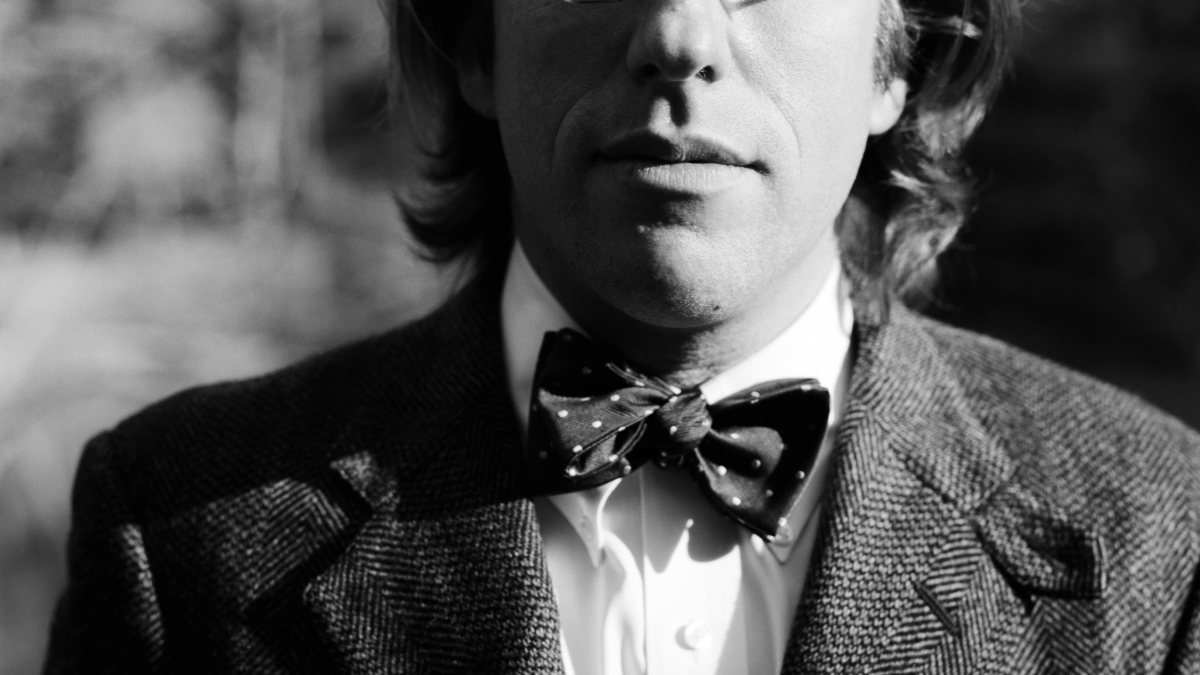ASU Art Museum to document Tempe with history's slowest photograph

Boasting two interstate freeways and one of Arizona's largest shopping malls, the City of Tempe has been selected to represent the evolution of world civilization over the next thousand years.
On March 6, the ASU Art Museum will install a camera designed by experimental philosopher Jonathon Keats to take a millennium-long photograph of the evolving Tempe skyline. The museum will unveil the photograph in a month-long exhibition scheduled for spring 3015.
“The first people to see this picture will be children who haven't yet been conceived,” said Keats. “They're impacted by every choice we make, but they're powerless. If they can't influence our decisions, at least they can bear witness.”
To document the next thousand years of Tempe civilization, Keats has conceived a new approach to photography based on the traditional pinhole camera.
“My photographic time capsule is extremely simple, since anything complicated is liable to break,” said Keats.
The solid metal camera uses oil paint in place of ordinary film. Pierced through a plate of 24-karat gold, a minuscule pinhole focuses light on the colored pigment, such that the color fades most where the light is brightest, very slowly creating a unique positive image of the scene in front of the camera.
“The photograph not only shows the skyline, but also records how it develops over time,” Keats explained. “For instance, old houses torn down after a couple centuries will show up only faintly, as if they were ghosts haunting the skyscrapers that replace them.”
According to ASU Art Museum curator Garth Johnson, the millennium camera will be installed on the museum's third-level terrace, where museum visitors will be able to see both the city view and the photographic apparatus.
“The ASU Art Museum is well-positioned to bear witness to the Tempe skyline as it evolves and changes,” said Johnson. “The span involved in Keats’ vision is at once humbling and empowering for a forward-thinking institution like ours.”
At noon on March 6, Johnson will discuss these themes in conversation with Keats at a public lecture to be held on the museum’s third-floor terrace. The camera unveiling is presented in conjunction with ASU’s Center for Science and the Imagination and is free and open to the public.
Immediately following the museum event, Keats will lead a hands-on workshop on building deep time cameras as part of ASU's annual Emerge festival, set to take place from 3 p.m. to midnight, March 6, at the university's SkySong Innovation Center in Scottsdale. The event is free and open to the public, with registration requested through asuemerge2015.eventbrite.com.
As part of Keats’ workshop at Emerge, the public is invited to build a pinhole camera with a 100-year exposure time to hide somewhere in the Phoenix area, invisibly monitoring changes in the urban landscape between now and 2115.
“I don't want to be the only deep time photographer on the planet,” said Keats. “Millennial photography needs to be ubiquitous if it's to have an all-encompassing impact on us,” he said, hinting that Tempe is just the first of many cities soon to have millennium cameras.
For more information on the ASU Art Musuem and to read Keats' bio, visit: asuartmu